-
 Bitcoin
Bitcoin $85,432.9288
1.79% -
 Ethereum
Ethereum $1,649.6917
4.88% -
 Tether USDt
Tether USDt $0.9998
0.02% -
 XRP
XRP $2.1536
5.14% -
 BNB
BNB $597.8131
1.68% -
 Solana
Solana $131.9809
8.56% -
 USDC
USDC $0.9998
-0.02% -
 Dogecoin
Dogecoin $0.1673
4.09% -
 TRON
TRON $0.2464
1.29% -
 Cardano
Cardano $0.6584
4.54% -
 Chainlink
Chainlink $13.1780
3.20% -
 UNUS SED LEO
UNUS SED LEO $9.3148
-0.92% -
 Avalanche
Avalanche $20.3113
5.55% -
 Sui
Sui $2.3682
6.16% -
 Toncoin
Toncoin $3.0573
2.57% -
 Stellar
Stellar $0.2446
3.67% -
 Shiba Inu
Shiba Inu $0.0...01255
2.22% -
 Hedera
Hedera $0.1736
2.64% -
 Bitcoin Cash
Bitcoin Cash $350.1162
12.19% -
 MANTRA
MANTRA $6.2518
-2.41% -
 Litecoin
Litecoin $79.0634
2.95% -
 Polkadot
Polkadot $3.7139
4.02% -
 Hyperliquid
Hyperliquid $16.5232
3.77% -
 Dai
Dai $1.0002
0.01% -
 Bitget Token
Bitget Token $4.4055
1.69% -
 Ethena USDe
Ethena USDe $0.9991
0.04% -
 Pi
Pi $0.7248
18.16% -
 Monero
Monero $206.8837
1.39% -
 Uniswap
Uniswap $5.5444
5.09% -
 OKB
OKB $53.8997
0.95%
What does DeFi mean in the cryptocurrency circle?
Decentralized Finance (DeFi) empowers individuals with accessible, low-fee, and transparent financial services, fostering innovation through its decentralized blockchain-based ecosystem.
Oct 03, 2024 at 05:48 am
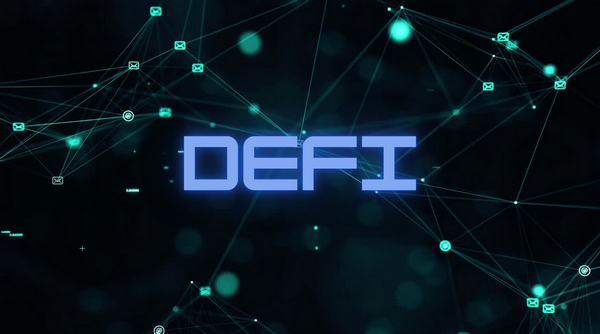
1. Understanding DeFi
Decentralized Finance (DeFi) refers to financial applications and services built on decentralized blockchain networks, liberating them from the control of traditional centralized intermediaries like banks.
2. Core Principles of DeFi
- Decentralization: DeFi removes intermediaries, allowing peer-to-peer financial transactions without central authorities.
- Transparency: Blockchain technology records all transactions publicly, ensuring transparency and accountability.
- Open source: DeFi applications are typically open source, allowing for public review and contribution.
3. Key Components of DeFi
- Decentralized Exchanges (DEXs): Allow trading of cryptocurrencies without the need for centralized exchanges.
- Lending and Borrowing Protocols: Provide platforms for users to lend or borrow cryptocurrencies, earning interest or paying it.
- Stablecoins: Cryptocurrencies tied to the value of fiat currencies, providing stability in the highly volatile crypto market.
- Yield Farming: Lending crypto assets to generate rewards or returns.
4. Benefits of DeFi
- Accessibility: DeFi services are accessible to anyone with an internet connection, without geographical restrictions or credit checks.
- Lower Fees: DeFi applications often have significantly lower transaction fees than traditional financial institutions.
- Transparency and Security: Blockchain technology safeguards transactions, reducing fraud and improving confidence.
- Innovation: DeFi fosters innovation by allowing developers to create new financial products and services.
5. Challenges of DeFi
- Volatility: Cryptocurrencies are notoriously volatile, which can pose risks to DeFi users.
- Scalability: Some DeFi platforms face scalability issues, limiting transaction speeds and increasing fees.
- Regulation: The regulatory landscape for DeFi is still evolving, creating uncertainties for users and businesses.
6. Risks of DeFi
- Smart Contract Risks: Bugs or vulnerabilities in smart contracts that power DeFi applications can lead to financial losses.
- Cybersecurity Threats: DeFi platforms can be susceptible to hacks and other cybersecurity attacks.
- Financial Losses: Investments in DeFi products can fluctuate in value, potentially leading to financial losses.
Conclusion
DeFi represents a transformative force in the financial landscape, offering a decentralized and innovative alternative to traditional financial systems. While it poses challenges like volatility and regulation, the potential benefits of accessibility, transparency, and lower fees make it an exciting frontier for financial innovation. As the DeFi industry matures, we can expect further advancements and wider adoption, revolutionizing the way we interact with financial services.
Disclaimer:info@kdj.com
The information provided is not trading advice. kdj.com does not assume any responsibility for any investments made based on the information provided in this article. Cryptocurrencies are highly volatile and it is highly recommended that you invest with caution after thorough research!
If you believe that the content used on this website infringes your copyright, please contact us immediately (info@kdj.com) and we will delete it promptly.
- Many of the main Altcoin such as XRP, DOT and Avax have seen their price block or lose momentum despite the solidity of the communities and the wide adoption.
- 2025-04-13 04:10:12
- Bitcoin and the Crypto Market Rebound Following Donald Trump's Decision to Exempt Tech Products From Tariffs
- 2025-04-13 04:10:12
- Bridging the US Capital Markets and Asian Liquidity Hubs Is the Key to Unlocking Institutional Crypto Adoption
- 2025-04-13 04:05:12
- Aureal One and DexBoss: Exploring New Blockchain Projects with Lucrative Presales
- 2025-04-13 04:05:12
- Homeless man rushed to hospital after being hit in the eye with a 20p coin allegedly shot from a catapult
- 2025-04-13 04:00:12
- 5 Cryptos That Could Explode in 2025 After a Bearish Start to the Year
- 2025-04-13 04:00:12
Related knowledge
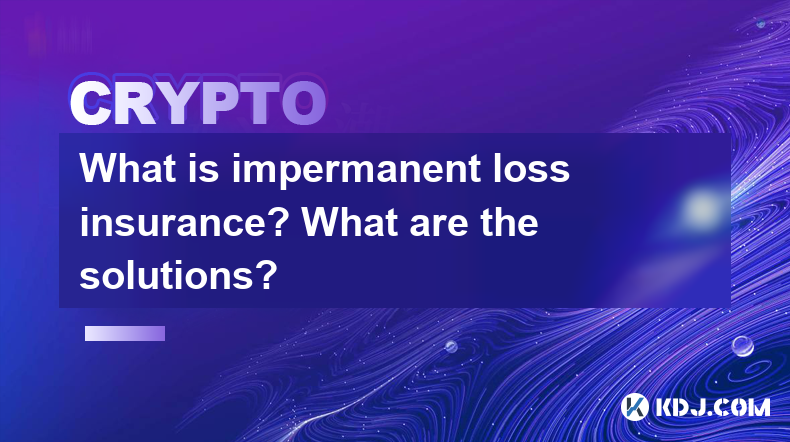
What is impermanent loss insurance? What are the solutions?
Apr 12,2025 at 01:14am
What is Impermanent Loss Insurance? What are the Solutions? Impermanent loss is a significant concern for liquidity providers in decentralized finance (DeFi) platforms. It occurs when the price of tokens in a liquidity pool changes compared to when they were deposited, leading to a potential loss if the provider decides to withdraw their liquidity. To m...
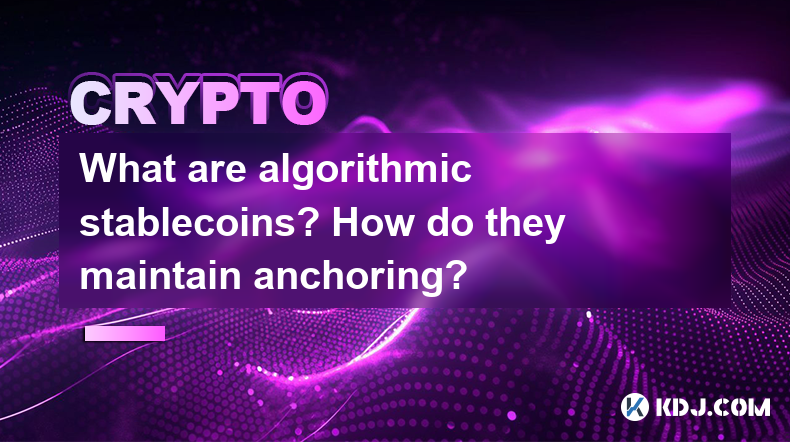
What are algorithmic stablecoins? How do they maintain anchoring?
Apr 12,2025 at 11:35am
Algorithmic stablecoins represent a fascinating and innovative segment within the cryptocurrency ecosystem. These digital assets are designed to maintain a stable value, typically pegged to a fiat currency like the US dollar, through the use of algorithms rather than traditional collateral. This approach distinguishes them from other types of stablecoin...
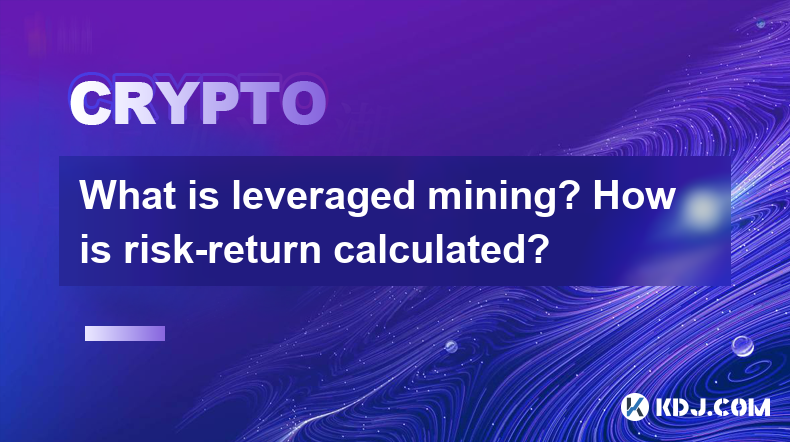
What is leveraged mining? How is risk-return calculated?
Apr 11,2025 at 04:07pm
What is Leveraged Mining? How is Risk-Return Calculated? Leveraged mining is a strategy used in the cryptocurrency space where miners borrow funds to increase their mining capacity and potential returns. This approach can amplify both profits and losses, making it a high-risk, high-reward endeavor. Understanding how to calculate the risk and return asso...
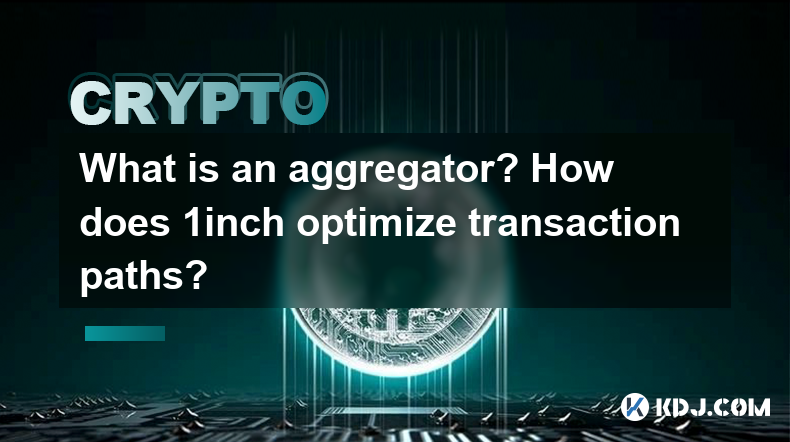
What is an aggregator? How does 1inch optimize transaction paths?
Apr 12,2025 at 05:00pm
An aggregator in the cryptocurrency space is a tool that compiles and compares data from multiple decentralized exchanges (DEXs) to find the best possible trading routes and prices for users. Aggregators are essential for traders looking to optimize their transactions, as they can automatically search through various liquidity sources to ensure the most...
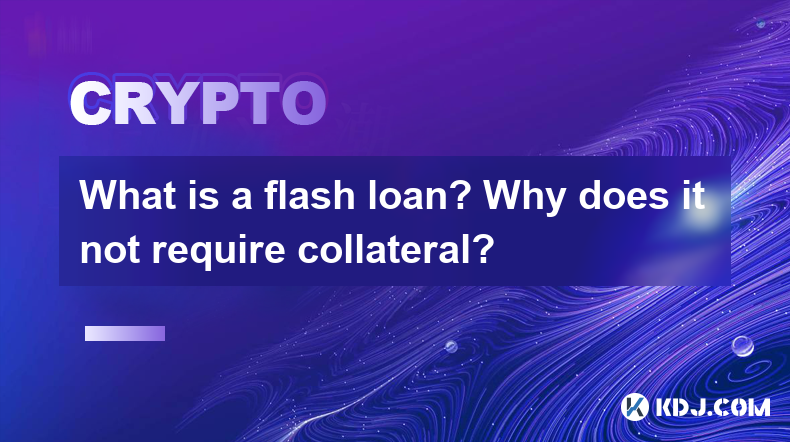
What is a flash loan? Why does it not require collateral?
Apr 11,2025 at 12:57pm
A flash loan is a type of loan that is unique to the decentralized finance (DeFi) ecosystem. It allows borrowers to take out a loan without the need for collateral, and the loan must be repaid within the same transaction. This type of loan is facilitated by smart contracts on blockchain platforms, most commonly on the Ethereum network. The concept of a ...
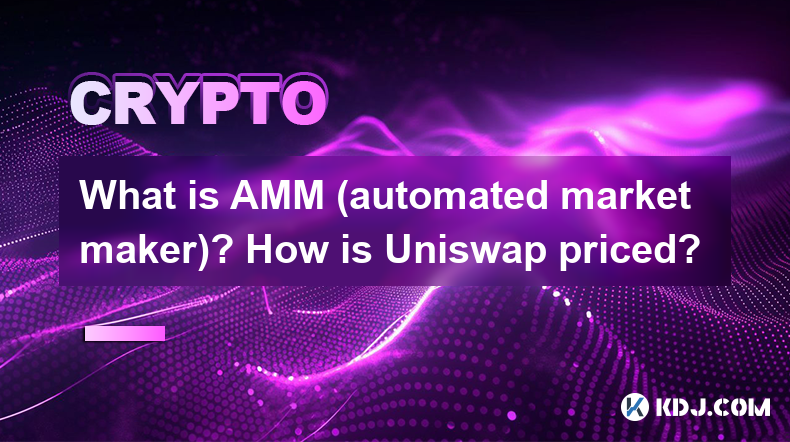
What is AMM (automated market maker)? How is Uniswap priced?
Apr 11,2025 at 06:57pm
What is AMM (Automated Market Maker)? How is Uniswap Priced? Automated Market Makers (AMMs) are a type of decentralized exchange protocol that use algorithms to price assets instead of traditional order books. The most well-known AMM is Uniswap, which has become a cornerstone of the decentralized finance (DeFi) ecosystem. This article will delve into th...

What is impermanent loss insurance? What are the solutions?
Apr 12,2025 at 01:14am
What is Impermanent Loss Insurance? What are the Solutions? Impermanent loss is a significant concern for liquidity providers in decentralized finance (DeFi) platforms. It occurs when the price of tokens in a liquidity pool changes compared to when they were deposited, leading to a potential loss if the provider decides to withdraw their liquidity. To m...

What are algorithmic stablecoins? How do they maintain anchoring?
Apr 12,2025 at 11:35am
Algorithmic stablecoins represent a fascinating and innovative segment within the cryptocurrency ecosystem. These digital assets are designed to maintain a stable value, typically pegged to a fiat currency like the US dollar, through the use of algorithms rather than traditional collateral. This approach distinguishes them from other types of stablecoin...

What is leveraged mining? How is risk-return calculated?
Apr 11,2025 at 04:07pm
What is Leveraged Mining? How is Risk-Return Calculated? Leveraged mining is a strategy used in the cryptocurrency space where miners borrow funds to increase their mining capacity and potential returns. This approach can amplify both profits and losses, making it a high-risk, high-reward endeavor. Understanding how to calculate the risk and return asso...

What is an aggregator? How does 1inch optimize transaction paths?
Apr 12,2025 at 05:00pm
An aggregator in the cryptocurrency space is a tool that compiles and compares data from multiple decentralized exchanges (DEXs) to find the best possible trading routes and prices for users. Aggregators are essential for traders looking to optimize their transactions, as they can automatically search through various liquidity sources to ensure the most...

What is a flash loan? Why does it not require collateral?
Apr 11,2025 at 12:57pm
A flash loan is a type of loan that is unique to the decentralized finance (DeFi) ecosystem. It allows borrowers to take out a loan without the need for collateral, and the loan must be repaid within the same transaction. This type of loan is facilitated by smart contracts on blockchain platforms, most commonly on the Ethereum network. The concept of a ...

What is AMM (automated market maker)? How is Uniswap priced?
Apr 11,2025 at 06:57pm
What is AMM (Automated Market Maker)? How is Uniswap Priced? Automated Market Makers (AMMs) are a type of decentralized exchange protocol that use algorithms to price assets instead of traditional order books. The most well-known AMM is Uniswap, which has become a cornerstone of the decentralized finance (DeFi) ecosystem. This article will delve into th...
See all articles
























































































